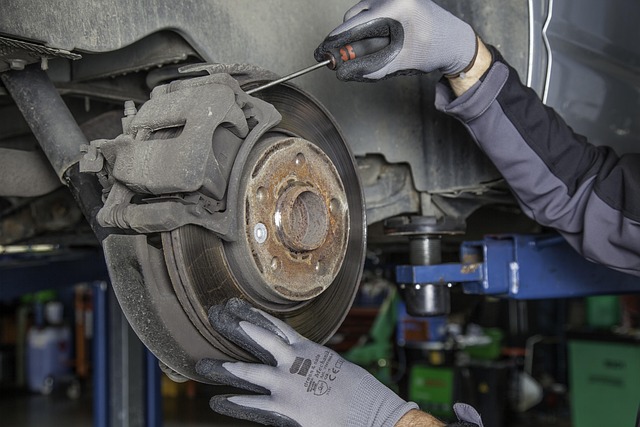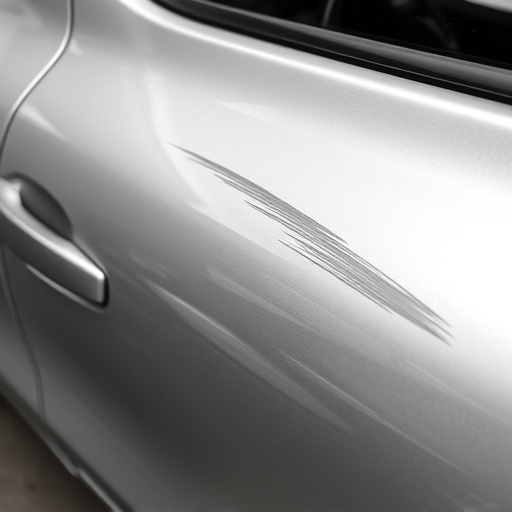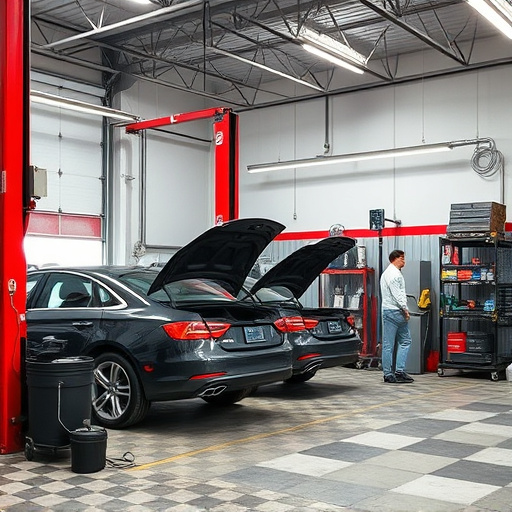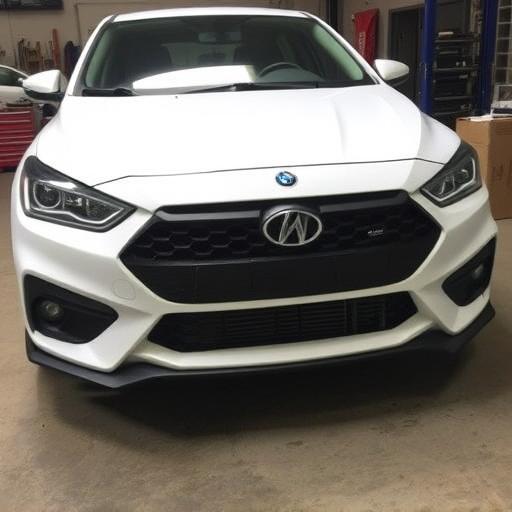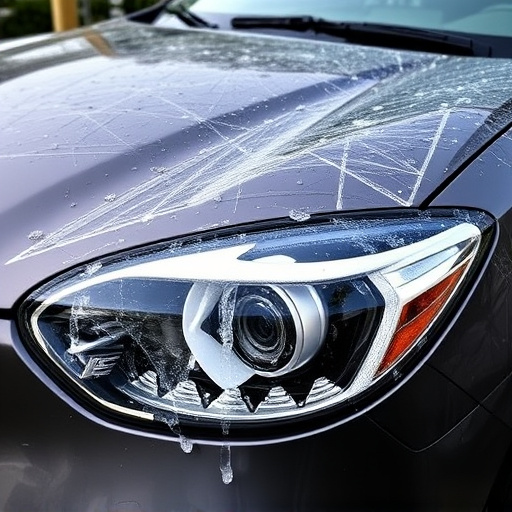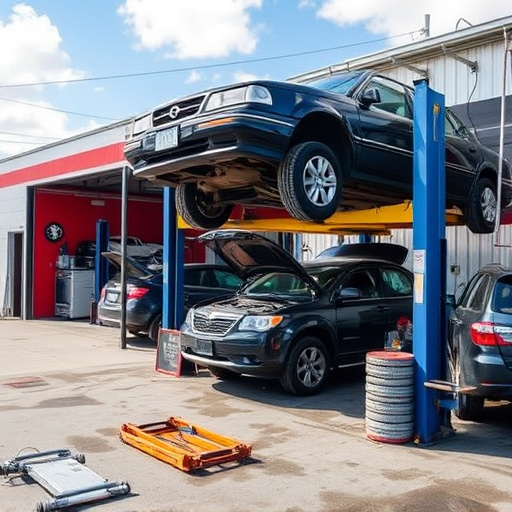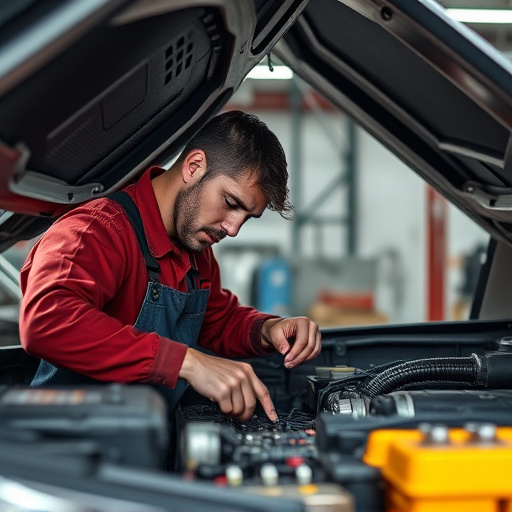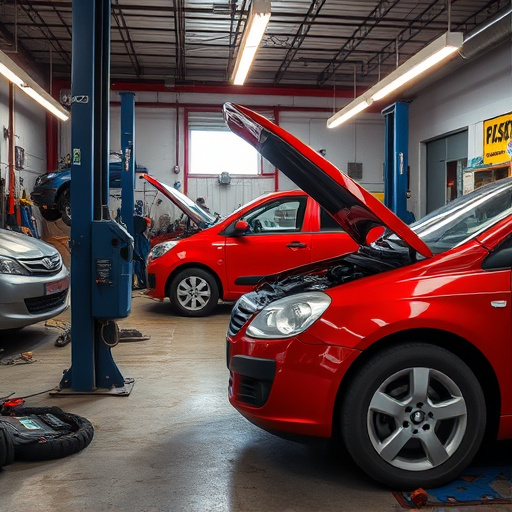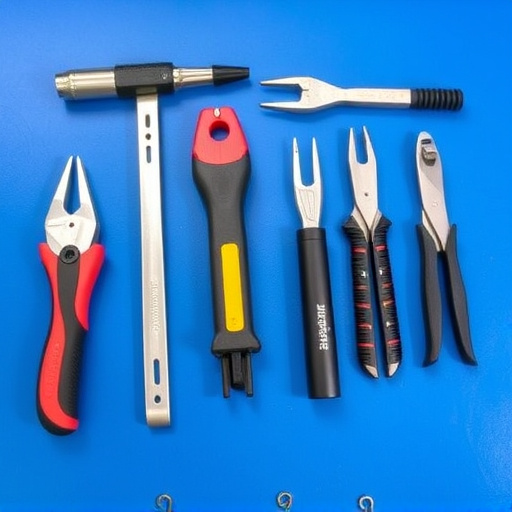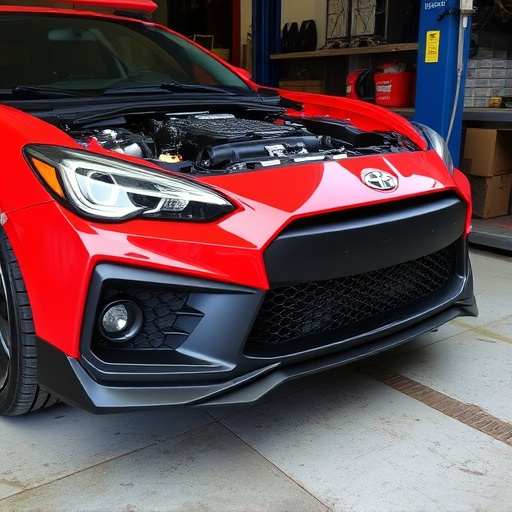A Tesla drive unit (TDU) inspection is crucial for addressing unresponsive acceleration. Technicians use advanced tools to analyze power delivery and performance data, identifying anomalies like a dentist examining teeth. Common check points include throttle components, wiring, the TDU itself, and firmware updates. Repairs should be done by specialists with EV expertise for accurate diagnostics and safe solutions.
Experiencing unresponsive acceleration in your Tesla? It could be a issue with your vehicle’s critical drive unit. This comprehensive guide delves into the intricacies of Tesla drive units, helping you understand their basic functions and how they contribute to smooth driving. We’ll walk you through the process of diagnosing unresponsive acceleration issues and outline crucial inspection steps and potential solutions, empowering you to address this challenge effectively.
- Understanding Tesla Drive Unit Basics
- Diagnosing Unresponsive Acceleration
- Inspection Steps and Potential Solutions
Understanding Tesla Drive Unit Basics

The Tesla Drive Unit (TDU) is a crucial component within the electric vehicle’s drivetrain system, responsible for controlling and managing power delivery to the wheels. This sophisticated unit integrates advanced electronics, sensors, and software to ensure smooth and responsive acceleration. Comprising various modules, including motor controllers, inverters, and power electronics, the TDU is designed to deliver optimal performance and efficiency.
During a Tesla drive unit inspection, mechanics carefully assess these intricate systems for any signs of malfunction, particularly when addressing unresponsive acceleration issues. Regular maintenance checks and prompt repairs are essential, as troubleshooting problems within the TDU can be complex due to its intricate nature. For luxury vehicle owners, seeking reliable body shop services that specialize in Tesla or Mercedes-Benz collision repair is vital to ensure accurate diagnostics and effective remedies for such technical challenges.
Diagnosing Unresponsive Acceleration

Diagnosing Unresponsive Acceleration involves a meticulous Tesla drive unit inspection to pinpoint the root cause. When a vehicle fails to accelerate as expected, it could be due to various factors within the drive unit—the heart of the electric motor system. A comprehensive inspection includes checking for loose connections, damaged wires, or faulty components like sensors and actuators. These parts play crucial roles in translating driver commands into motor responses.
During this process, auto repair shop technicians utilize advanced diagnostic tools to monitor power delivery and performance data. By comparing these readings against ideal specifications, they can identify anomalies that suggest issues with the drive unit. Just as a dentist examines teeth for car dent repair, so do these experts scrutinize electrical systems for any signs of malfunction, ensuring optimal vehicle performance and safety.
Inspection Steps and Potential Solutions

When conducting a Tesla drive unit inspection for unresponsive acceleration issues, start by examining the throttle pedal assembly and actuator for any signs of damage or debris. Check the wiring harness connections for corrosion or loose fits, as issues here can disrupt power delivery to the motor. Next, inspect the drive unit itself for any leaks or physical damage. If found, these must be addressed immediately.
Potential solutions may involve replacing faulty components like the throttle position sensor, accelerator pedal, or even the entire drive unit if severe damage is evident. In some cases, re-flashing the firmware can resolve performance issues, especially if the problem stems from a software glitch. Remember, seeking assistance from a reputable collision repair shop or automotive body work specialist with expertise in electric vehicles is crucial for accurate diagnostics and safe repairs.
When faced with unresponsive acceleration issues in a Tesla, performing a thorough Tesla drive unit inspection is key. By understanding the basics of this complex system and following structured diagnostic steps, owners can effectively identify and resolve problems. This article has outlined critical inspection points, potential solutions, and emphasized the importance of regular maintenance for optimal vehicle performance. Remember, addressing these issues promptly through a meticulous Tesla drive unit inspection ensures not only safer driving but also prolongs the life of your electric vehicle’s crucial components.



